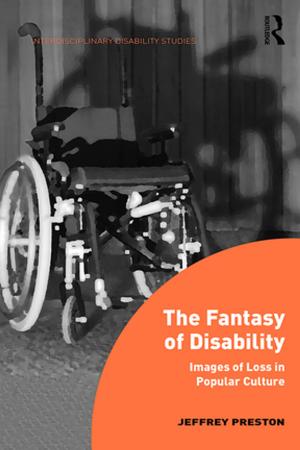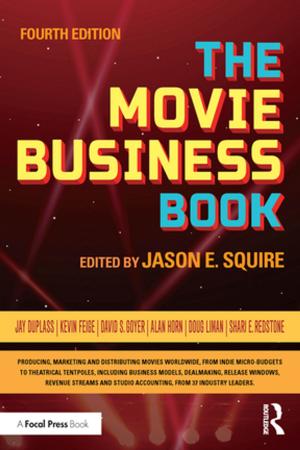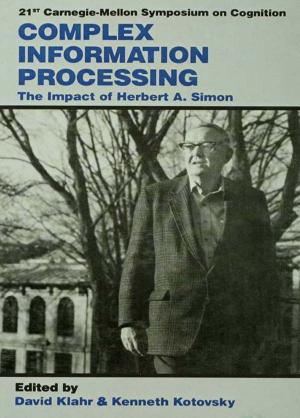Confessions of a Dying Thief
Nonfiction, Social & Cultural Studies, Social Science, Crimes & Criminals, Criminology, True Crime| Author: | Darrell J. Steffensmeier | ISBN: | 9781351526869 |
| Publisher: | Taylor and Francis | Publication: | July 12, 2017 |
| Imprint: | Routledge | Language: | English |
| Author: | Darrell J. Steffensmeier |
| ISBN: | 9781351526869 |
| Publisher: | Taylor and Francis |
| Publication: | July 12, 2017 |
| Imprint: | Routledge |
| Language: | English |
*Recipient of the American Society of Criminology's 2006 Michael J. Hindelang Award for a book, published within the past three calendar years, that is "the most outstanding contribution to research in criminology."
*Nominated for the 2007 Outstanding Book Award of the Academy of Criminal Justice Sciences.
Sam Goodman, was a long-time thief, fence, and quasi-legitimate businessman. He had a criminal career that spanned fifty years, beginning in his mid-teens and ending with his death when he was in his mid-sixties. Confessions of a Dying Thief is an in-depth ethnographic study of Sam and his world based on continuous contact with him for many years, on multiple interviews with his network of associates in crime and business, and on a series of interviews with him shortly before he died.
The book updates and greatly expands the case study of Sam Goodman's fencing activity found in Steffensmeier's award-winning 1986 book The Fence: In the Shadow of Two Worlds. It combines Sam's colorful narrative accounts with substantive commentary by the authors to provide a more nuanced portrayal of criminal careers, illegal enterprise, and the broad landscape comprising the entity called "crime." To more fully understand pathways into and out of crime as well as the social organization of illegal enterprise, the authors propose an integrative learning-opportunity-commitment framework that combines differential association/social learning theory and an extended conceptualization of criminal opportunity with a three-fold theory of commitment to crime. This framework offers an integrated and more complete way of understanding mechanisms that underlie criminal offending and criminal careers. It also recognizes the complexity and scope of the criminal landscape and its embeddedness in the fabric of the larger society, including its criminal justice system.
Sam's illness and death are a sobering backdrop th
*Recipient of the American Society of Criminology's 2006 Michael J. Hindelang Award for a book, published within the past three calendar years, that is "the most outstanding contribution to research in criminology."
*Nominated for the 2007 Outstanding Book Award of the Academy of Criminal Justice Sciences.
Sam Goodman, was a long-time thief, fence, and quasi-legitimate businessman. He had a criminal career that spanned fifty years, beginning in his mid-teens and ending with his death when he was in his mid-sixties. Confessions of a Dying Thief is an in-depth ethnographic study of Sam and his world based on continuous contact with him for many years, on multiple interviews with his network of associates in crime and business, and on a series of interviews with him shortly before he died.
The book updates and greatly expands the case study of Sam Goodman's fencing activity found in Steffensmeier's award-winning 1986 book The Fence: In the Shadow of Two Worlds. It combines Sam's colorful narrative accounts with substantive commentary by the authors to provide a more nuanced portrayal of criminal careers, illegal enterprise, and the broad landscape comprising the entity called "crime." To more fully understand pathways into and out of crime as well as the social organization of illegal enterprise, the authors propose an integrative learning-opportunity-commitment framework that combines differential association/social learning theory and an extended conceptualization of criminal opportunity with a three-fold theory of commitment to crime. This framework offers an integrated and more complete way of understanding mechanisms that underlie criminal offending and criminal careers. It also recognizes the complexity and scope of the criminal landscape and its embeddedness in the fabric of the larger society, including its criminal justice system.
Sam's illness and death are a sobering backdrop th















